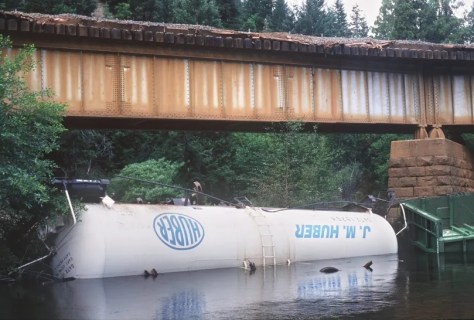Valero Benicia Refinery was first in line, buys a shipload of Canadian tar sands crude, receiving it along the Strait
The Benicia Independent, July 2, 2024
Canada’s Trans Mountain Pipeline is in its first month of supplying heavy tar sands crude from Edmonton to Canada’s west coast. According to a July 1 Reuters article (see below), Valero’s Benicia Refinery is among the first to buy and ship this volatile crude oil.
In an earlier June 12 article, Reuters reported that recent concerns have arisen over high sulfur content of this crude, and its high acidity and vapor pressure, “conditions that could damage refining equipment or increase air pollution.” Of course, Valero has joined with Chevron and Canadian oil companies in protesting current limits on vapor pressure.
Reuters reports the departure on July 1 of 20 ships loaded with crude oil, one of which was headed to our quaint village. How long does a ship take to get here? When did – or will – the ship slog along our Carquinez Strait and dock at Valero? Any of you know how to research this? – BenIndy
Trans Mountain oil pipeline just shy of target for first-month loadings

Reuters, by Arathy Somasekhar, July 1, 2024
About 20 ships loaded crude oil on Canada’s West Coast in the first full month of operation on the newly expanded Trans Mountain pipeline, according to vessel-tracking data on Sunday, slightly below the operator’s forecast.
Loadings from the pipeline expansion are closely watched because the Canadian government wants to sell the $24.84 billion (C$34 billion) line. Questions about oil quality, pipeline economics and loading challenges have swirled since its startup, spurring concerns over demand and exports of the crude.
The 20 vessels loaded were less than the 22 ships that Trans Mountain had initially expected to load for the month.
Total crude exports from Vancouver were around 350,000 barrels per day with the last two vessels for June-loading at the Westridge Marine terminal, as of Sunday.
“This first month is just shy of the 350,000-400,000 bpd we expected ahead of the startup. We are still in the discovery phase, with kinks being ironed out … but in the grand scheme of things, this has been a solid start,” said Matt Smith, lead analyst at Kpler.
The vessels, partially loaded Aframaxes able to carry about 550,000 barrels each, mostly sailed to the U.S. West Coast and Asia. Some cargoes were loaded onto larger ships for delivery to India and China, according to data providers LSEG, Kpler and Vortexa.
Reliance Industries bought 2 million barrels of Canadian crude for July delivery, a deal that involved four ship-to-ship transfers to load the oil onto a very large crude carrier offshore California. The oil is destined for Sikka, India, where the company operates the world’s biggest refining complex.
Phillips 66 acquired a cargo for its Ferndale, Washington, refinery, Marathon Petroleum Corp for its Los Angeles refinery, and Valero Energy Corp for its Benicia, California, refinery .
TMX did not immediately respond ahead of a long weekend in Canada. Phillips 66 and Marathon Petroleum declined to comment, while Valero did not reply to a request for comments.
The market was expecting about 17 to 18 loadings, said Rohit Rathod, market analyst at energy researcher Vortexa.
“Chinese demand has been below expectations, and if not for Reliance most of the barrels in June would have remained within the (West Coast) region,” Rathod added.
Trans Mountain this month revised standards for accepting crude oil on its recently expanded system, alleviating worries about the acidity and vapor pressure of the line’s crude oil.
Logistical constraints in a busy, narrow shipping channel after leaving the Westridge dock in Vancouver were also expected to impact loadings. To manage high traffic in the channel, the Port of Vancouver has restrictions on transit times.
The expanded Trans Mountain pipeline is running around 80% full with some spot capacity used. Trans Mountain forecasts 96% utilization from next year. It has capacity to load 34 Aframax ships a month.
(By Arathy Somasekhar in Houston; additional reporting by Nia Williams in British Columbia; Editing by Sherry Jacob-Phillips)
[FYI – More on Google about the Trans Mountain Pipeline (TMX)]







You must be logged in to post a comment.